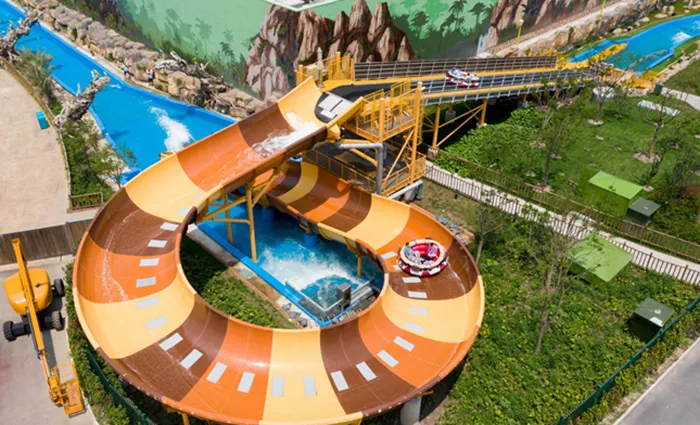In early June, Xiangyuan Holdings stunned China’s cultural tourism sector by acquiring a controlling stake in Haichang Ocean Park for HK$2.295 billion, purchasing new shares at HK$0.45 apiece—46.43% below the HK$0.84 closing price on June 2, a clear bargain-hunting move.
For Haichang, Asia’s largest marine theme park operator, the sale stems from crippling debt. With net current liabilities of ¥2.95 billion (7 times current assets) and ¥497 million in overdue bank loans, Haichang has been battered by massive investments in Shanghai (¥5 billion), Sanya (¥1.33 billion), and Zhengzhou (¥4.2 billion) parks since 2018, leading to ¥9.196 billion in interest-bearing debt by 2020. Despite selling four mature parks to South Korea’s MBK in 2021, Haichang posted a ¥740 million net loss in 2024, up 275% YoY, forcing a strategic shift to asset-light management.
Xiangyuan, a rising cultural tourism capital player, sees opportunity. Since transforming into a tourism firm in 2010, it has built a track record of successful acquisitions: injecting Bailong Green, Huanglong Cave, and Qiyun Mountain into listed vehicle Xiangyuan Tourism, all of which massively exceeded 6-year performance commitments—Qiyun Mountain, for instance, saw visitor numbers surge from 60,000 in 2011 to 8 million in 2024 after Xiangyuan’s revamp. With 2024 revenue up 19.64% to ¥864 million and a low 33.85% debt ratio, Xiangyuan boasts solid financials.
But challenges loom. Haichang’s marine parks differ fundamentally from Xiangyuan’s mountain resorts in operating costs and customer demographics (family/young couples vs. nature enthusiasts). “The key is integrating Haichang’s IP with local culture,” notes Liao Weifeng of Mulan Night City, highlighting the need for cultural rootedness and experiential iteration—areas where Xiangyuan is untested.
Financially, Xiangyuan’s debt has surged 139% YoY to ¥807 million, with operating cash flow down 25% to ¥230 million, raising solvency concerns. Industry insiders also warn of potential risks in “acquisition-driven” growth, citing common practices like downstream supplier cost-padding and asset securitization (Haichang’s assets could serve as ABS underlying).
As 95% of China’s tourist attractions remain unprofitable, Xiangyuan’s bet on Haichang exemplifies a high-stakes gambit: can “acquire-upgrade-securitize” cycles revive traditional tourism, or will it mirror past failures? The industry awaits the outcome.
Related Topics:
- Earthquakes in Hokkaido Waters and Tourism Impact
- Trump Administration Expands Travel Ban to 12 Countries, Faces Backlash
- German Tourists Praise Qingdao as Inbound Tourism Booms

